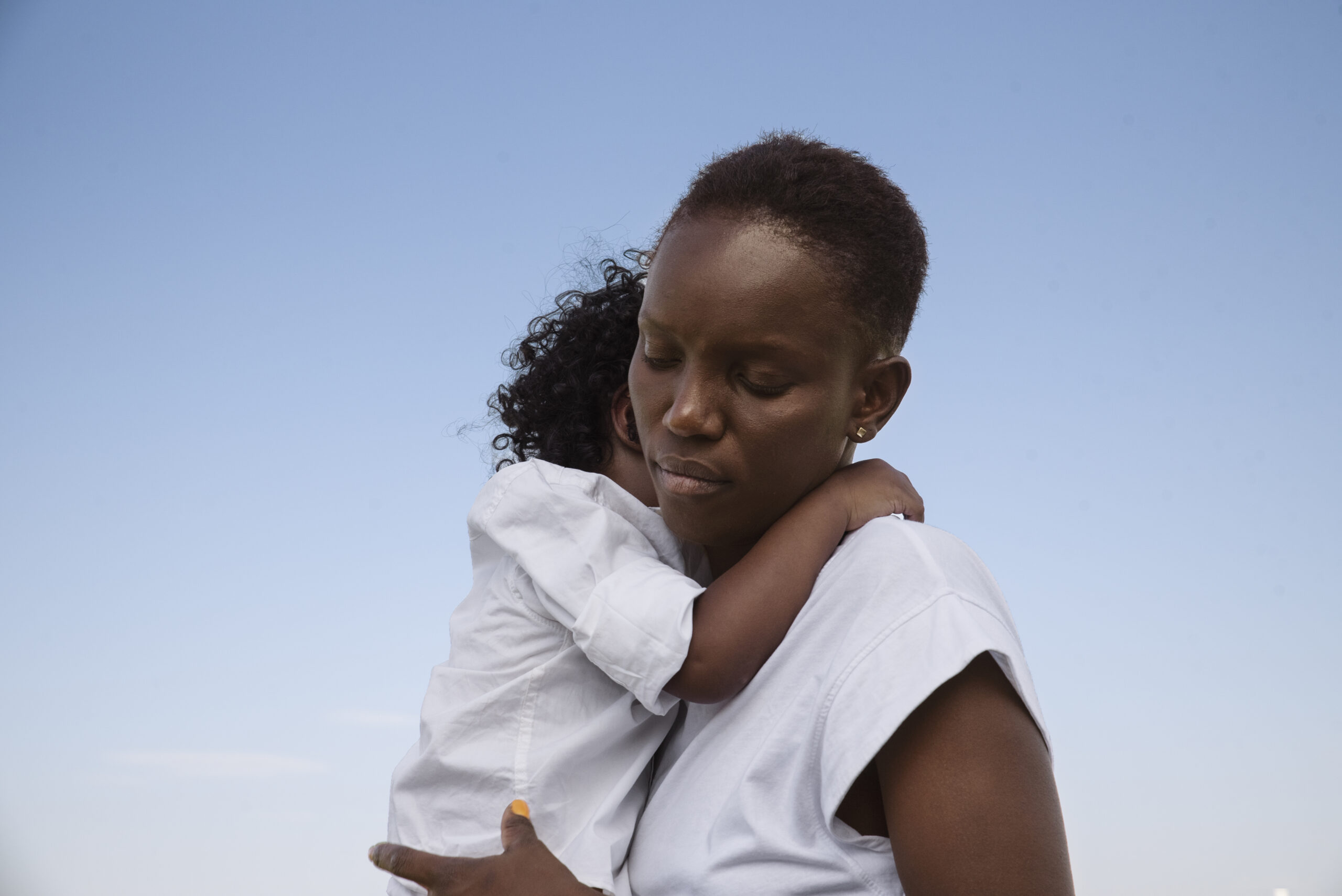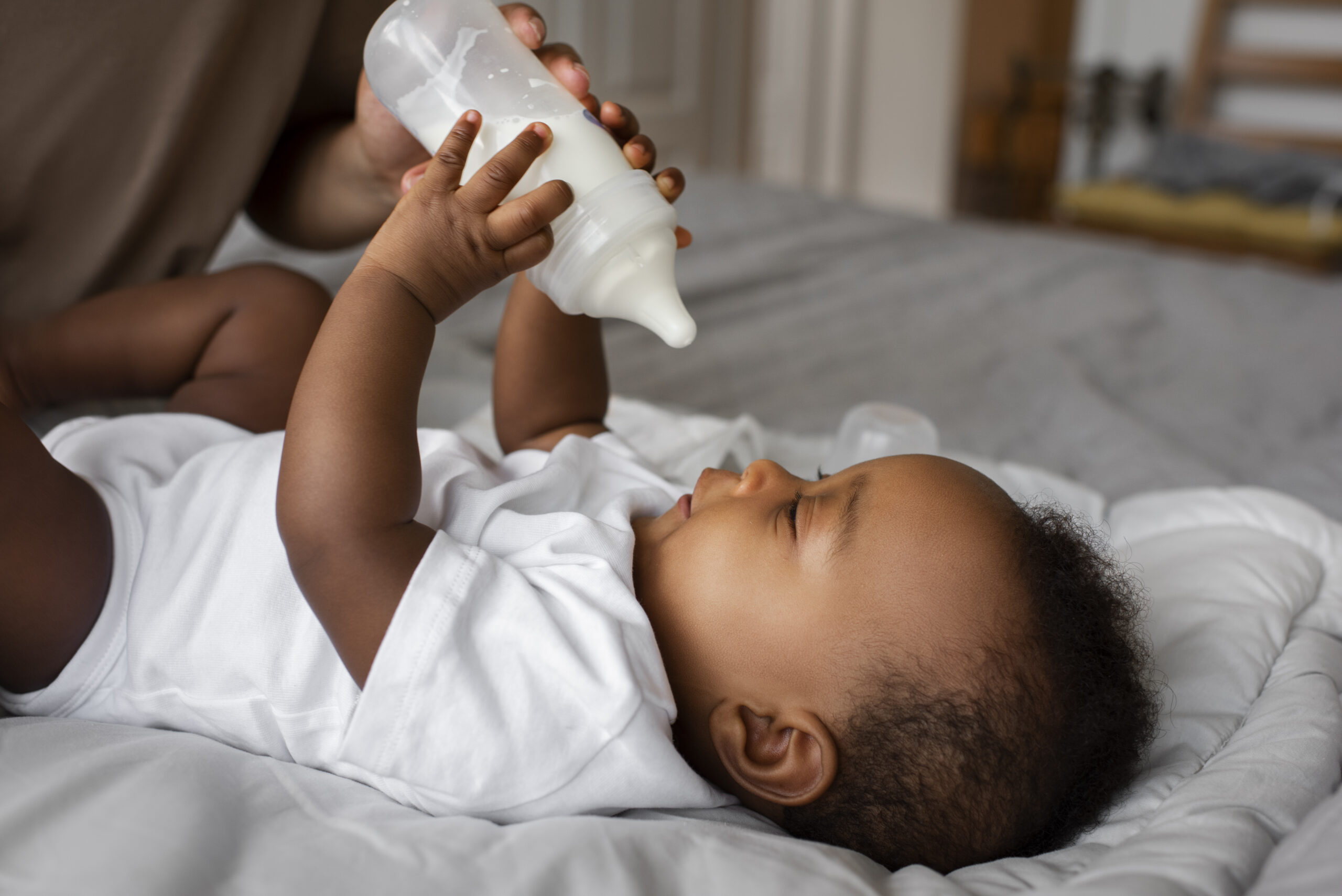THE KILLER CLOT! Thrombosis in Pregnancy
In January 2018, Kenyans were left stunned after a university lecturer was arrested and later released (on bond) on suspicion of having murdered his wife in a domestic squabble. While
In January 2018, Kenyans were left stunned after a university lecturer was arrested and later released (on bond) on suspicion of having murdered his wife in a domestic squabble. While the autopsy results revealed that there was no foul play, it emerged that the victim had fluid in her lungs and a blood clot in the left atrium (chamber) of her heart.
It also emerged that the couple had a seven-week-old child who had been delivered under a Caesarean section. The results prompted some medics on social media to speak about a threat many pregnant women and new mothers face, but is rarely talked about – thrombosis or blood clots within blood vessels in the body.
Findings released in 2016 in Kenya revealed that one out of four deaths in the country is associated with blood clotting disorders. According to medics, pregnant women are at risk of getting blood clots as a result of pressure on pelvic blood vessels, hormonal changes and body proteins, or long and unprogressive labours that lead to Caesarean sections.
The blood clots become dangerous when they break from their area of origin such as the arms or legs and travel to other parts of the body such as the lungs, causing blockage of blood supply either partially or wholly. American tennis star and 23 Grand Slam winner Serena Williams (pictured above), who is a new mother, is among the list of celebrities who have suffered from thrombosis.
Further, research conducted by Geneva University Hospital in Switzerland in 2012 shows that blood
clots are: Five times higher in pregnant women than in non-pregnant women of similar age. A leading cause of illness and death during pregnancy and among recent mothers. Higher in women who have already given birth than in pregnant women. Twice likely to occur among women who undergo C-sections than natural delivery. Four times likely to occur among women who have undergone emergency C-sections as opposed to planned C-sections.
According to medics, thrombosis and especially those that move and lodge in the lungs can be difficult to diagnose in pregnant women because pregnacy exhibits some of the symptoms associated with thrombosis such as laboured, rapid or shortness of breath, discomfort and swelling of legs. Women with a history of thrombosis, obesity, diabetes, hypertension, sedentary lifestyles or older than the age of 35 are also prone to the condition.
There are, however, symptoms one can watch out for such as:
Pain or tenderness in the calf (back portion of the lower leg)
Swelling, including the ankle or foot Unexplained shortness of breath
Rapid breathing
Chest pain (worse upon deep breath)
Rapid heart rate
Light headedness or passing out
How to manage thrombosis Early detection and treatment often times leads to full recovery. Mothers-to-be and new mothers should be keen on attending their clinics and sharing key information. While at it, be sure to share with your doctor your medical history. This will help your doctor to conduct life-saving risk assessment tests and recommendations. In cases where one has a history, a doctor may also scan the legs to detect clots.
If one already has blood clots, blood thinners may be administered to break the clots and prevent new ones from forming. Other recommendations may include compression stockings for the legs to aid blood flow, reduce pain and swelling.
Other management tips one can apply include:
Drinking plenty of water.
Being mobile as often as one can and as soon as one can in the case of a caesarean section.
Avoid sitting in crammed or restrictive spaces such as in flights or the work place.




